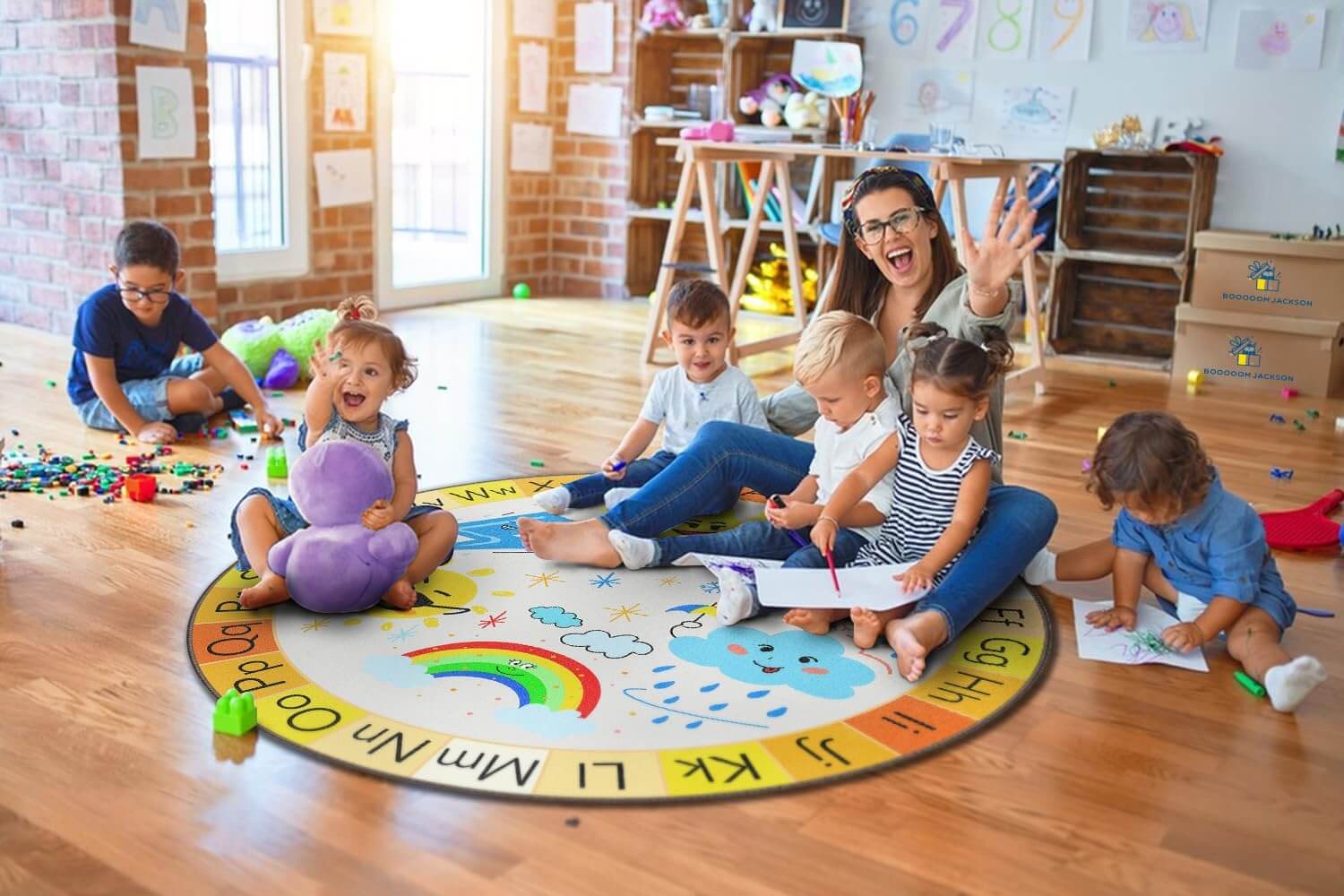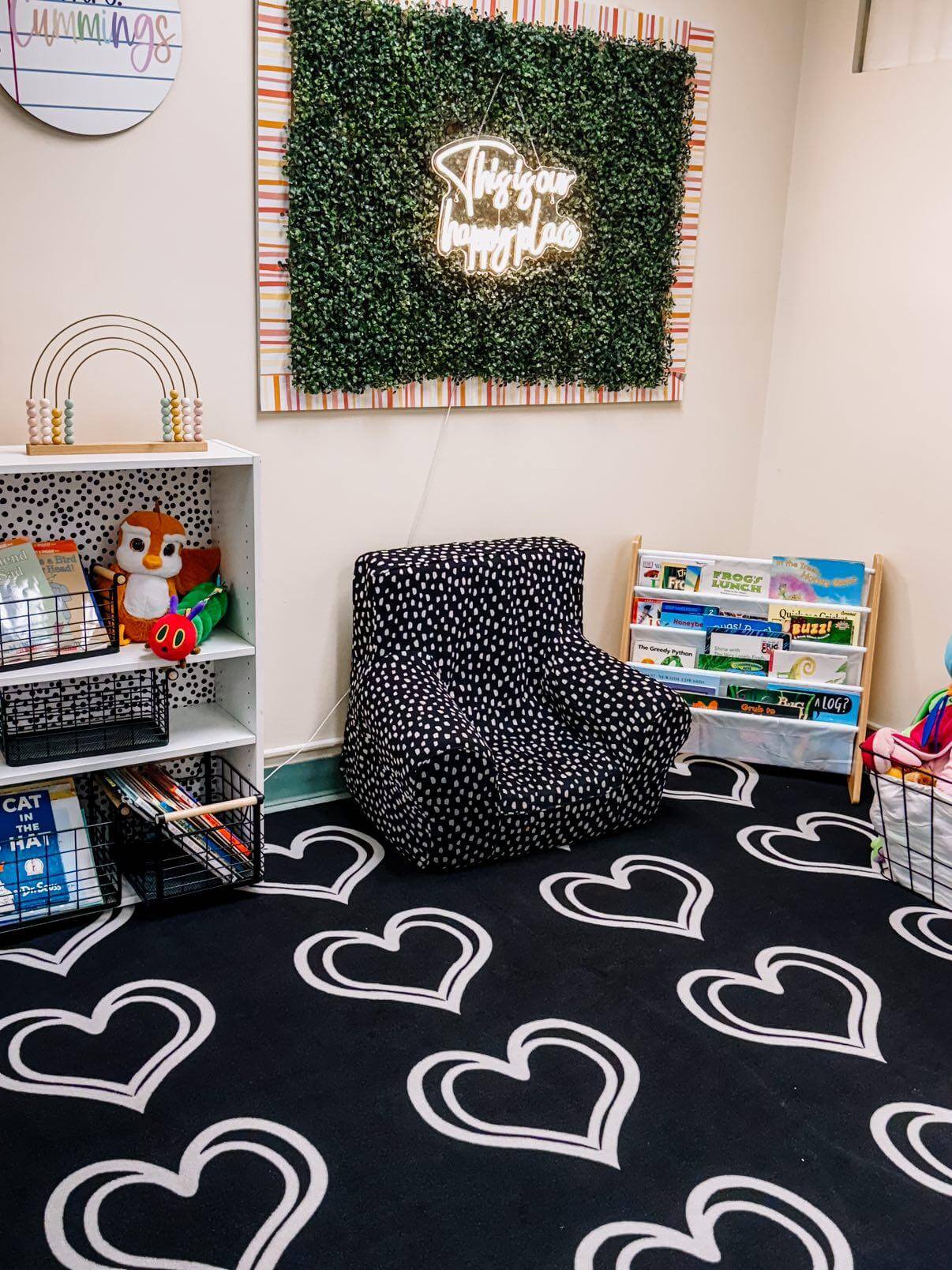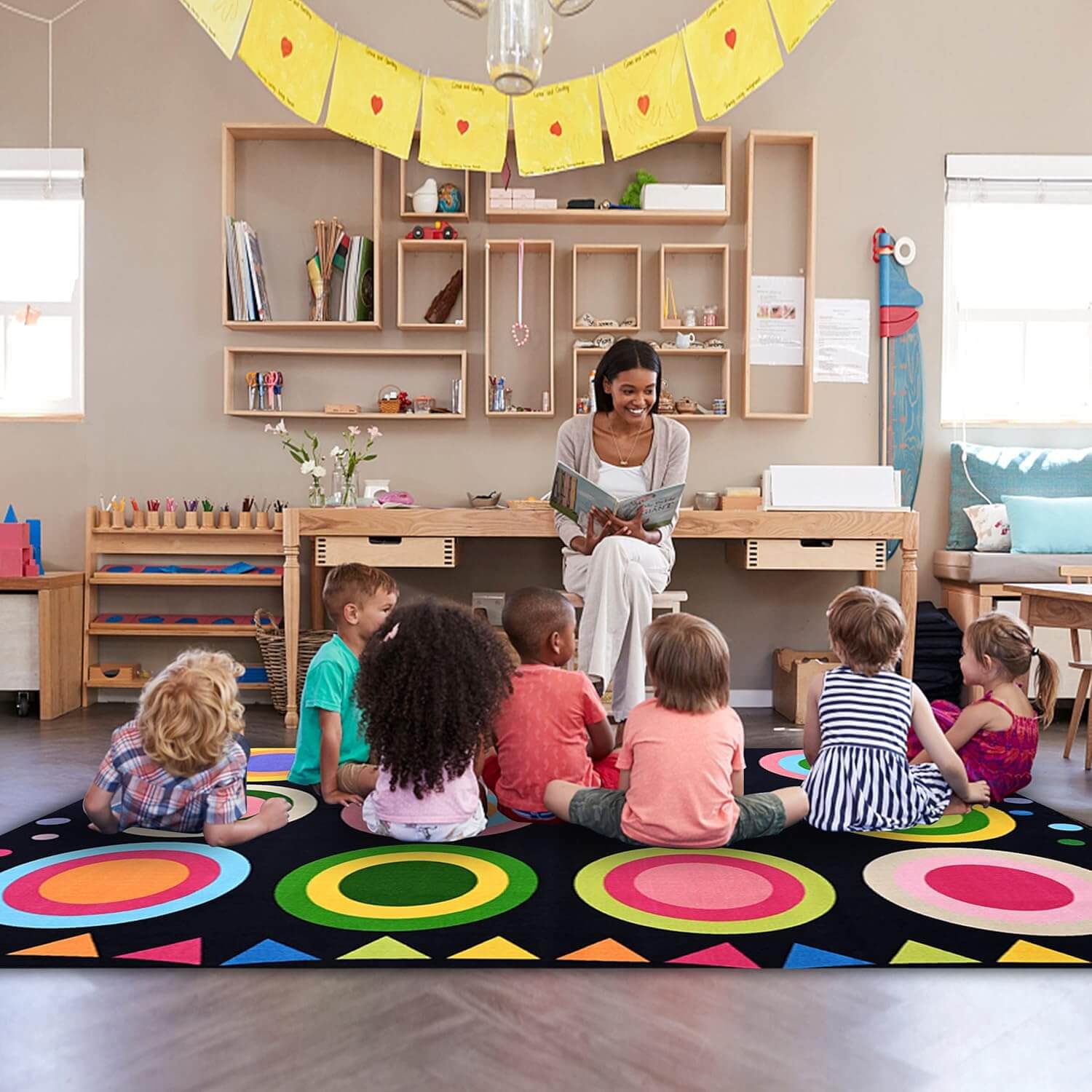Whether your family has embraced homeschooling, is navigating hybrid learning, or simply wants to create a dedicated study space, a well-designed home classroom can significantly impact your child's educational experience. By intentionally designing a space that minimizes distractions while maximizing focus and organization, you can help your child develop stronger learning habits and achieve greater academic success at home. This comprehensive guide provides practical suggestions for creating an effective home classroom environment that works for your unique space, budget, and your child's specific learning needs.
Selecting the Right Space: Location Matters
The first step in creating an effective home classroom is choosing the right location within your home. While not every family has the luxury of a dedicated room, even a thoughtfully designed corner can serve as an excellent learning environment.
Key Considerations for Space Selection
- Traffic patterns: Choose a low-traffic area away from household distractions
- Noise levels: Select a space with minimal noise disruption from appliances, TVs, etc.
- Natural light: Prioritize access to natural light when possible
- Size requirements: Ensure adequate space for necessary activities and materials
- Proximity to supervision: For younger children, maintain visibility while reducing distractions
According to educational environment researchers, the physical environment significantly impacts learning outcomes, with dedicated spaces sending powerful signals about the importance of learning activities.
Space Solutions for Different Home Types
For larger homes:
- Spare bedroom conversion
- Basement or attic classroom
- Converted dining room
For smaller homes or apartments:
- Room divider to section off a dedicated corner
- Convertible desk setup in a quiet area
- Under-stair space utilization
- Closet conversion into study nook
If space is extremely limited, consider a portable classroom solution using mobile storage that can transform any space temporarily and then be tucked away when not in use.
Essential Furniture and Layout: The Learning Foundation
Furniture selection and arrangement form the foundation of your home classroom, balancing functionality with comfort to create an environment conducive to focused learning.
Core Furniture Elements
1. The learning desk or table
- Height-appropriate for your child's size
- Sufficient surface area for books, technology, and materials
- Sturdy construction to minimize wobbling distractions
- Consider adjustable options that grow with your child
2. Seating options
- Primary chair with proper back support
- Consider adjustable height to maintain proper posture
- Alternative seating options for different learning activities
- Wobble stools or balance balls as focus-enhancing alternatives
3. Storage solutions
- Easily accessible shelving at child's height
- Closed storage for reducing visual clutter
- Mobile storage for flexibility
- Clear organizing containers for visibility of materials
4. Display surfaces
- Whiteboard or corkboard for visual organization
- Space to display learning materials and accomplishments
- Magnetic surfaces for flexible arrangements
Effective Layout Principles
- Create clear pathways around the learning space
- Position the desk to minimize visual distractions
- Establish distinct zones for different types of activities
- Consider the flow between storage, work surface, and reference materials
Research from educational design experts suggests that well-organized physical spaces can reduce cognitive load, allowing students to dedicate more mental energy to learning tasks rather than navigating disorganized environments.
Lighting Considerations: Illuminating Learning
Proper lighting significantly impacts focus, reduces eye strain, and helps regulate energy levels throughout the learning day.
Lighting Layers to Include
1. Natural light
- Position the workspace to maximize natural light exposure
- Use window coverings that reduce glare while maintaining brightness
- Consider light-reflecting surfaces to amplify available natural light
2. Ambient lighting
- Ensure even, shadow-free general illumination
- Avoid harsh fluorescent lighting that can cause eye strain
- Consider color temperature (3500-4000K) for optimal alertness
3. Task lighting
- Provide adjustable desk lamps for focused activities
- Position to prevent shadows on work surface
- Consider LED options with adjustable brightness
4. Accent lighting
- Illuminate display areas and learning materials
- Create visual interest in the space
- Use to highlight organizational systems
According to environmental psychology studies, exposure to natural light improves learning outcomes, mood, and overall wellbeing, making it a priority consideration in home classroom design.
Organization Systems: Creating Order for Success
Effective organization systems reduce time wasted looking for materials and create visual calm that supports focused attention.
Essential Organizational Elements
1. Daily systems
- Clear workspace organization with designated homes for frequently used items
- Daily schedule displayed prominently
- Task management system appropriate for child's age
- Pending work and completed work locations
2. Subject organization
- Color-coded systems for different subjects
- Dedicated storage for each subject's materials
- Digital file organization mirroring physical systems
- Reference materials organization (dictionaries, reference texts, etc.)
3. Supply management
- Transparent containers for visual inventory management
- Rotation systems for art supplies and consumables
- Labeled locations for everything
- Supply restocking station
4. Work documentation
- Portfolio systems for storing completed work
- Digital documentation organization
- Project progress tracking systems
- Assessment and feedback storage
Educational research consistently shows that organizational skills are strongly correlated with academic success. By modeling and supporting organized learning spaces, parents help children develop these critical executive functioning skills.
Technology Setup: Tools for Connected Learning
Thoughtful technology integration creates a connected learning environment while minimizing digital distractions.
Technology Considerations
1. Core technology needs
- Reliable internet connection (consider hardwired connections for stability)
- Age-appropriate device selection
- Proper positioning of screens to reduce glare and neck strain
- Headphones or speakers as needed for different learning activities
2. Cable management
- Reduce visual clutter with cable organization solutions
- Ensure safe cable routing to prevent tripping hazards
- Consider power strip locations and access
- Label charging cables to prevent confusion
3. Digital-physical integration
- Document camera or scanning station for sharing physical work
- Printing station for materializing digital resources
- Screen positioning to allow simultaneous viewing of physical materials
- Adequate space for both digital and physical resources
4. Technology boundaries
- Clear systems for technology use times
- Distraction reduction tools and settings
- Device storage when not in use
- Visual cues for technology-free learning times
Creating Learning Zones: Supporting Different Activities
Effective home classrooms often incorporate different zones that support various learning modalities and activities.
Key Learning Zones to Consider
1. Focus zone
- Primary workspace for concentrated activities
- Minimal visual distraction
- Good task lighting
- Ergonomic seating
- Sound management
2. Reading zone
- Comfortable seating
- Good lighting
- Book storage or display
- Minimal traffic and noise
- Optional soft elements (cushions, rug, etc.)
3. Active learning zone
- Space for movement and hands-on learning
- Floor space for larger projects
- Washable surfaces
- Storage for manipulatives and project materials
- Flexibility for reconfiguration
4. Creativity zone
- Art and expression materials
- Easy-clean surfaces
- Display space for works in progress
- Organization for various creative tools
- Water access consideration
5. Collaborative zone (for multiple children)
- Shared work surface
- Seating for discussion
- Technology for collaborative projects
- Shared resource storage
- Clear boundaries between personal and shared materials
Comfort and Ergonomics: Supporting Physical Wellbeing
Physical comfort directly impacts learning stamina and focus, making ergonomic considerations essential for effective home classrooms.
Ergonomic Elements to Address
1. Proper positioning
- Chair height allowing feet flat on floor
- Desk height positioning elbows at approximately 90 degrees
- Monitor positioned at eye level
- Adequate space for proper posture
- Keyboard and mouse positioning to reduce strain
2. Movement integration
- Space for regular movement breaks
- Standing options for varied positioning
- Clear pathways for quick movement activities
- Schedule reminders for position changes
- Tools that allow fidgeting without disruption
3. Sensory comfort
- Appropriate temperature control
- Noise management (white noise machine if needed)
- Air quality considerations
- Comfortable but not distracting seating
- Appropriate flooring for the space (carpet for comfort and noise reduction)
According to pediatric occupational therapists, children need to change positions approximately every 30 minutes to maintain physical comfort and mental engagement during learning activities.
Sensory Considerations: Creating Focus-Supporting Environments
Children have varying sensory needs that impact their ability to focus and learn effectively in home environments.
Sensory Elements to Consider
1. Visual environment
- Balance between stimulation and distraction
- Visual boundaries to define the learning space
- Strategic use of color (calming vs. energizing as needed)
- Organization to reduce visual chaos
- Personalization without overwhelming
2. Auditory elements
- Background noise management
- Acoustic treatments if needed (area rugs, soft furnishings)
- Headphone options for focus
- Natural sounds or background music as appropriate
- Sound-absorbing materials on hard surfaces
3. Tactile considerations
- Varied textures for different learners
- Fidget tools appropriately available
- Comfortable but focus-supporting seating
- Temperature considerations
- Weighted items for self-regulation as needed
4. Olfactory elements
- Neutral scent environment
- Distance from cooking odors
- Plant integration for air quality
- Avoidance of chemical cleaners with strong scents
- Consideration of essential oils (if appropriate)
Conclusion
Creating an effective home classroom doesn't require a dedicated wing of your house or an interior designer's budget. The most successful learning spaces thoughtfully address the specific needs of your child while maximizing the resources you have available. By considering the location, furniture, lighting, organization, technology, zoning, comfort, and sensory elements of your home classroom, you can create an environment that communicates the value of learning while providing practical support for educational success.
Remember that the perfect home classroom evolves over time through observation and adaptation. Pay attention to what's working well and what could be improved, involving your child in the process of refining their learning environment. With intentional design and ongoing adjustments, your home classroom can become a powerful tool in supporting your child's educational journey, whether they're learning at home full-time or simply need a dedicated space for homework and projects.




Leave a comment
This site is protected by hCaptcha and the hCaptcha Privacy Policy and Terms of Service apply.